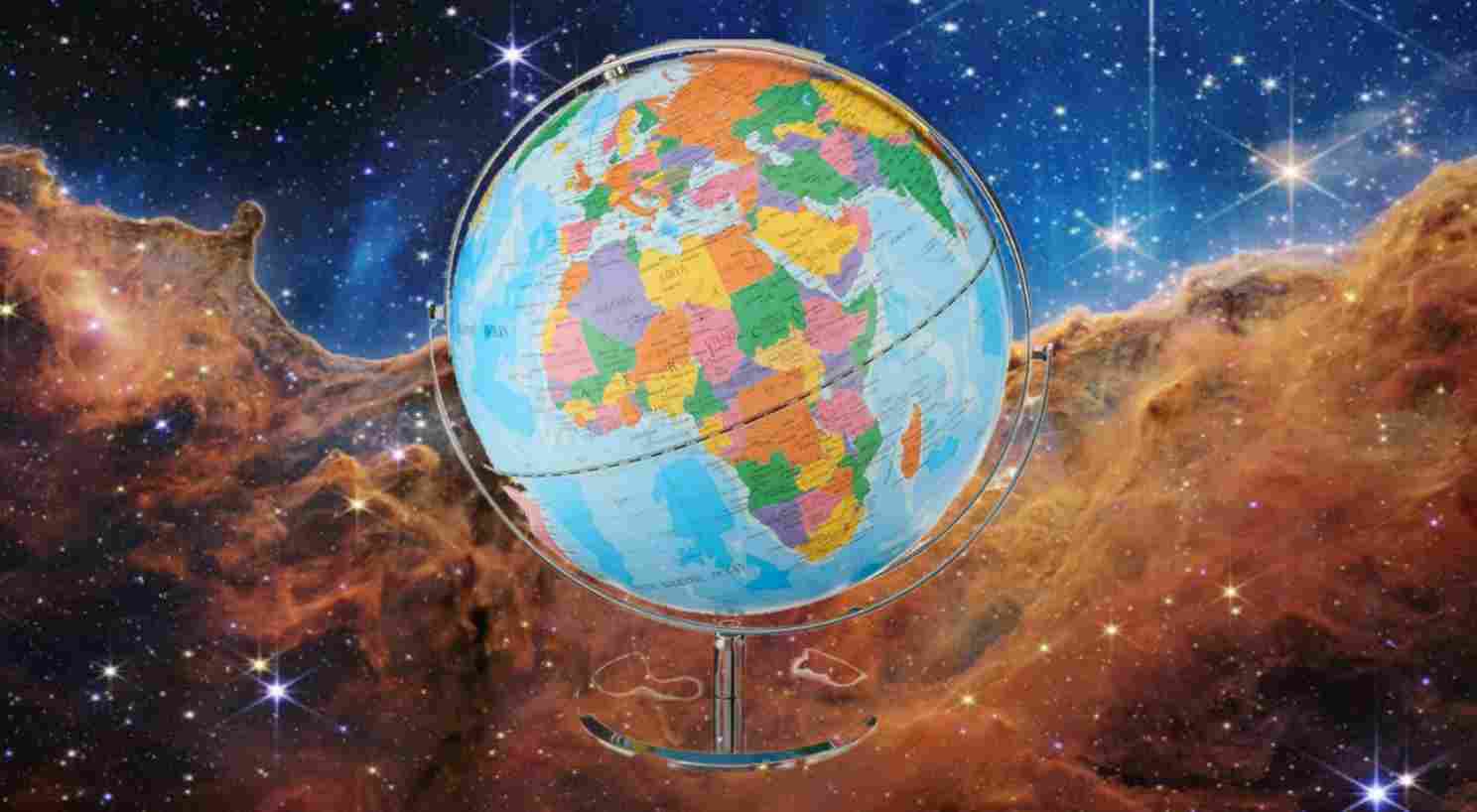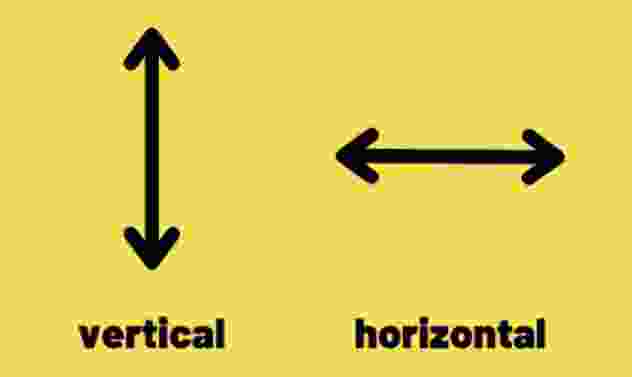In the vast expanse of our linguistic and scientific realms, terms like “world,” “Earth,” “globe,” and “universe” are often employed, each carrying distinct meanings that traverse the realms of philosophy, geography, and astronomy. This exploration seeks to untangle the intricacies of these terms, providing clarity on their semantic nuances and scientific implications. By delving into these concepts, we embark on a journey through the cosmic lexicon, where language meets the celestial.
World: An All-Encompassing Canvas
1.1 Lexical Versatility
The term “world” is a linguistic chameleon, adapting to a myriad of contexts. It can signify the entirety of existence, capturing the diversity of cultures, landscapes, and human experiences. Yet, it is equally comfortable residing within the confines of specific domains, such as the world of literature, finance, or sports.
1.2 Cultural Dimensions
Beyond its lexical adaptability, “world” delves into cultural dimensions. Expressions like “worldview” encapsulate collective beliefs, perspectives, and values. This term extends beyond physical boundaries, becoming a canvas that paints the shared mental and emotional landscapes of humanity.
1.3 Scientific Connotations
In scientific discourse, “world” is occasionally used interchangeably with “Earth.” However, its usage in this context lacks the precision associated with more specific terms like “Earth” or “globe” when referring to the celestial body.
Earth: Our Celestial Abode
2.1 The Blue Planet
“Earth” is a term deeply entrenched in the disciplines of astronomy and planetary science. It designates the third planet from the sun, distinguished by its life-sustaining conditions and intricate ecosystems. The word “Earth” itself finds its roots in Old English and Germanic languages, signifying the ground or soil beneath our feet.
2.2 Geological Marvels
From a geological standpoint, Earth is a dynamic entity with a layered structure, tectonic activity, and an atmosphere conducive to life. The planet hosts a complex interplay of systems, including the hydrosphere, atmosphere, and biosphere, contributing to its delicate equilibrium.
2.3 Cultural Significance
Beyond its scientific dimensions, Earth carries profound cultural significance. It is not merely a celestial body but the cradle of human civilization, nurturing a rich tapestry of cultures, languages, and histories. Concepts like environmental stewardship emphasize our shared responsibility for safeguarding our planetary home.
Globe: A Tangible Representation
3.1 Three-Dimensional Precision
The term “globe” refers to a three-dimensional, spherical representation of Earth. Unlike flat maps, globes offer a tangible and accurate portrayal of geographical features, minimizing distortions. They serve as invaluable tools for educational purposes, providing a holistic understanding of Earth’s topography.
3.2 Educational Significance
Globes play a pivotal role in education, fostering geographic literacy and spatial comprehension. They enable students to explore the relationships between continents, oceans, and countries in a tangible and interactive manner, promoting a nuanced understanding of our planet’s diversity.
3.3 Symbolic Unity
Symbolically, a globe represents unity and interconnectedness. It embodies the idea that, despite our diverse cultures and locations, we all inhabit the same celestial body. The iconic image of a globe often serves as a symbol of global cooperation, environmental awareness, and the shared responsibility for Earth’s well-being.
Universe: The Cosmic Canvas
4.1 Beyond Earth’s Boundaries
The term “universe” transcends the confines of Earth, encompassing all of space, time, matter, and energy. It refers to the totality of existence, including galaxies, stars, planets, and every cosmic entity. The universe is a vast, expanding canvas that holds the secrets of cosmic evolution and the fundamental forces governing our reality.
4.2 Cosmic Dimensions
Astronomically, the universe is characterized by its incomprehensible scale and the interplay of celestial bodies. It spans billions of light-years, containing galaxies that host stars and planets, each contributing to the cosmic tapestry. The study of the universe involves disciplines such as cosmology, astrophysics, and astronomy.
4.3 Limitless Exploration
The universe invites exploration, both scientific and philosophical. It raises questions about the origins of the cosmos, the nature of dark matter and dark energy, and the possibility of extraterrestrial life. Our understanding of the universe continues to evolve as telescopes, probes, and scientific advancements push the boundaries of cosmic exploration.
Key Differences
5.1 Scope and Abstraction
- World: Abstract, encompassing the entirety of existence, from cultures to philosophies.
- Earth: Specific to the celestial body on which we reside, with geological, astronomical, and cultural dimensions.
- Globe: A tangible, three-dimensional representation of Earth’s geography, bridging cultural and scientific realms.
- Universe: Encompasses all of space, time, matter, and energy, extending beyond our planetary home.
5.2 Cultural vs. Scientific Context
- World: Cultural, societal, or philosophical, extending beyond the physical planet.
- Earth: Primarily scientific, referring to the third planet from the sun.
- Globe: Educational and symbolic, straddling cultural and scientific spheres.
- Universe: Primarily astronomical and cosmological, delving into the vastness of space.
5.3 Representation vs. Reality
- World: Implies vastness and abstraction, incorporating diverse perspectives and realms.
- Earth: Refers to the tangible celestial body with geological and atmospheric attributes.
- Globe: Represents a physical model providing accurate geographical details in a compact form.
- Universe: Encompasses the entirety of space, time, and cosmic entities, extending beyond direct representation.
Conclusion
In the cosmic symphony of language, science, and philosophy, the nuances of “world,” “Earth,” “globe,” and “universe” weave a narrative that transcends linguistic boundaries. “World” paints a broad strokes canvas of existence, “Earth” delves into the specifics of our celestial abode, “globe” provides a tangible representation, and “universe” encompasses the entirety of cosmic existence.
Understanding these terms not only enriches our linguistic repertoire but also deepens our scientific literacy and cultural awareness. In a world where language shapes perceptions and scientific exploration broadens horizons, the distinctions between “world,” “Earth,” “globe,” and “universe” become guideposts in our cosmic journey. As we navigate the intricacies of our existence, these terms stand as celestial beacons, inviting us to explore the boundless realms of human thought and the vastness of the cosmos
Contents
- 1 World: An All-Encompassing Canvas
- 2 1.1 Lexical Versatility
- 3 1.2 Cultural Dimensions
- 4 1.3 Scientific Connotations
- 5 Earth: Our Celestial Abode
- 6 2.1 The Blue Planet
- 7 2.2 Geological Marvels
- 8 2.3 Cultural Significance
- 9 Globe: A Tangible Representation
- 10 3.1 Three-Dimensional Precision
- 11 3.2 Educational Significance
- 12 3.3 Symbolic Unity
- 13 Universe: The Cosmic Canvas
- 14 4.1 Beyond Earth’s Boundaries
- 15 4.2 Cosmic Dimensions
- 16 4.3 Limitless Exploration
- 17 Key Differences
- 18 5.1 Scope and Abstraction
- 19 5.2 Cultural vs. Scientific Context
- 20 5.3 Representation vs. Reality
- 21 Conclusion

















